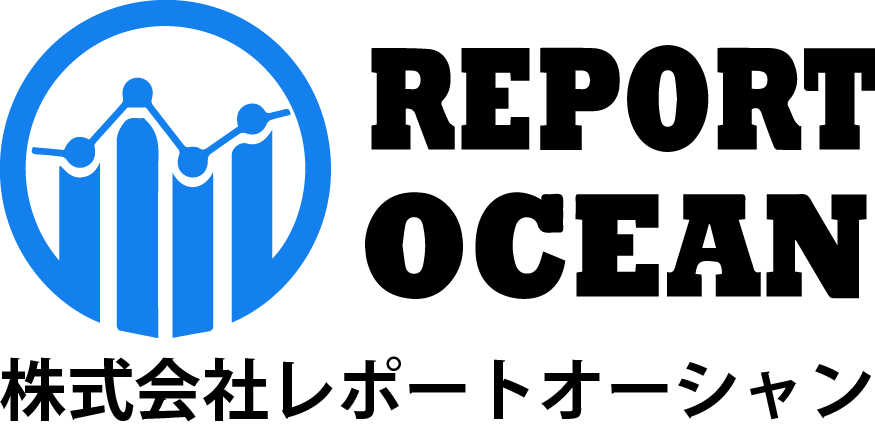日本バーチャルリアリティ市場規模、シェア、競争環境、動向分析レポート:コンポーネント別(ハードウェア、ソフトウェア)、技術別(半浸透型と完全没入型、非浸透型)、デバイスタイプ別(ヘッドマウントディスプレイ(HMD)、ジェスチャー追跡デバイス(GTD)、プロジェクターとディスプレイウォール(PDW)、その他)、流通チャネル別(オンライン、オフライン)、エンドユーザー別(ゲーム、メディアとエンターテインメント、小売、ヘルスケア、自動車と輸送、軍事と防衛、建築、教育とトレーニング、その他): 2024-2032 年の機会分析と産業予測
レポートID : ROJP0524100 |
最終更新 : 2024年05月 |
フォーマット : ![]() :
: ![]() :
: ![]()
Table of Contents
1. Research Methodology
2. Project Scope & Definitions
3. Impact of COVID-19 on the Japan Virtual Reality Market
4. Executive Summary
5. Voice of Customer
5.1. Demographics (Age/Cohort Analysis – Baby Boomers and GenX, Millenials, Gen Z; Gender; Income – Low, Mid and High; Geography; Nationality; etc.)
5.2. Market Awareness and Product Information
5.3. Brand Awareness and Loyalty
5.4. Factors Considered in Purchase Decision
5.4.1.Supportive System Requirements
5.4.2.Pricing
5.4.3.Specifications and Features
5.4.4.Speed
5.5. Purpose of Purchase (Personal Use, Gifting)
6. Japan Virtual Reality Market Outlook, 2016-2030F
6.1. Market Size & Forecast
6.1.1.By Value
6.2. By Component
6.2.1.Hardware
6.2.1.1. Sensors
6.2.1.2. Displays & Projectors
6.2.1.3. Semiconductors
6.2.1.4. Cameras
6.2.1.5. Others
6.2.2.Software
6.3. By Device Type
6.3.1.Head-mounted Display (HMD)
6.3.2.Gesture-tracking Device (GTD)
6.3.3.Projectors & Display Wall (PDW)
6.3.4.Others
6.4. By Technology
6.4.1.Semi Immersive
6.4.2.Fully Immersive
6.4.3.Non-immersive
6.5. By Distribution Channel
6.5.1.Online
6.5.2.Offline
6.6. By End-user Industry
6.6.1.Gaming
6.6.2.Media and Entertainment
6.6.3.Retail
6.6.4.Healthcare
6.6.5.Automotive & Transportation
6.6.6.Military and Defence
6.6.7.Architecture
6.6.8.Education & Training
6.6.9.Others
6.7. By Region
6.7.1.North - Hokkaido and Tohoku
6.7.2.Central - Kanto and Chubu
6.7.3.South - Kansai, Chugoku, Shikoku, and Kyushu & Okinawa
6.8. By Company Market Share (%), 2022
7. Market Mapping, 2022
7.1. By Component
7.2. By Device Type
7.3. By Technology
7.4. By Distribution Channel
7.5. By End-User
7.6. By Region
8. Macro Environment and Industry Structure
8.1. Supply Demand Analysis
8.2. Import Export Analysis – Volume and Value
8.3. Supply/Value Chain Analysis
8.4. PESTEL Analysis
8.4.1.Political Factors
8.4.2.Economic System
8.4.3.Social Implications
8.4.4.Technological Advancements
8.4.5.Environmental Impacts
8.4.6.Legal Compliances and Regulatory Policies (Statutory Bodies Included)
8.5. Porter’s Five Forces Analysis
8.5.1.Supplier Power
8.5.2.Buyer Power
8.5.3.Substitution Threat
8.5.4.Threat from New Entrant
8.5.5.Competitive Rivalry
9. Market Dynamics
9.1. Growth Drivers
9.2. Growth Inhibitors (Challenges, Restraints)
10. Key Players Landscape
10.1. Competition Matrix of Top Five Market Leaders
10.2. Market Revenue Analysis of Top Five Market Leaders (in %, 2022)
10.3. Mergers and Acquisitions/Joint Ventures (If Applicable)
10.4. SWOT Analysis (For Five Market Players)
10.5. Patent Analysis (If Applicable)
11. Pricing Analysis
12. Case Studies
13. Key Players Outlook
13.1. Sony Corporation
13.1.1. Company Details
13.1.2. Key Management Personnel
13.1.3. Products & Services
13.1.4. Financials (As reported)
13.1.5. Key Market Focus & Geographical Presence
13.1.6. Recent Developments
13.2. HTC Corporation
13.3. Oculus VR Inc. (Meta Platforms Inc.)
13.4. Nintendo Co. Ltd.
13.5. FOVE Inc.
13.6. MIRAISENS Inc.
13.7. Bandai Namco Entertainment Inc.
13.8. HIKKY Co., Ltd.
13.9. GREE VR Studio (GREE inc.)
13.10. Pico Interactive Inc.
*Companies mentioned above DO NOT hold any order as per market share and can be changed as per information available during research work
14. Strategic Recommendations
15. About Us & Disclaimer
無料サンプルを入手する ![]()
この無料サンプルには、トレンド分析から推定・予測まで、さまざまなデータが含まれています。
最新レポート
お問い合わせ
-
- JAPAN : 03-6899-2648
-
- EMAIL : [email protected]







